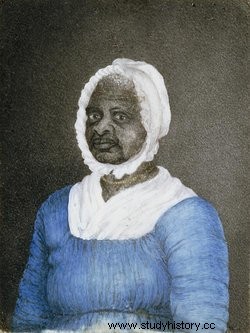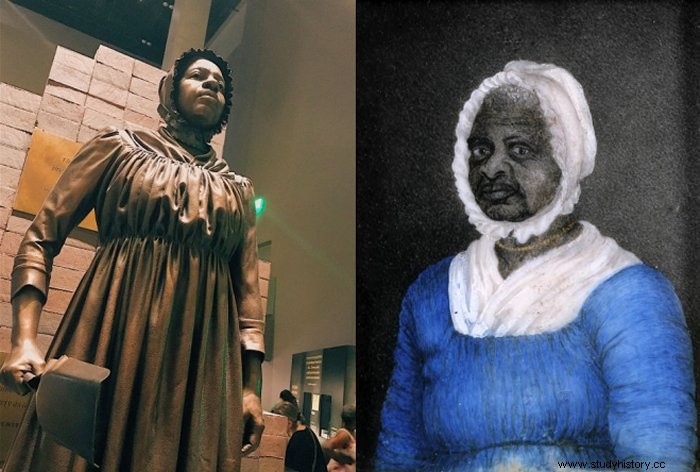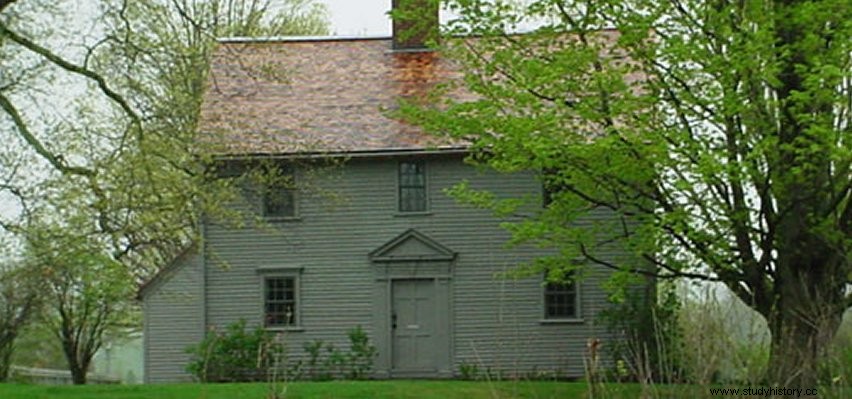At any time, at any time while I was a slave, if I had been offered a minute of freedom, and told that I had to die at the end of that minute, I would have taken it, just to know what it was like to be free – Elisabeth Freeman
Elisabeth , daughter of slaves from Pieter Hogeboom's farm in Claverack, New York (USA), was born around 1744 and was baptized with the name Bett . When Hogeboom's daughter, Hannah , she married John Ashley , a wealthy landowner from Sheffield County, Massachusetts (USA), his father "given" Bett to them.

Although hardworking and diligent throughout her life, she had to bite the bullet not to explode at the humiliating treatment that Hannah dispensed to the slaves, until one day she couldn't take it anymore and she had to intervene. She reached the kitchen to find Hannah Ashley yelling at a slave, barely a teenager, and brandishing a metal ember catcher. He ran to her to protect her and raised her hand to stop the blow that violently impacted her arm, breaking it and opening a deep wound. Bett ran out and swore that she would never return to that house.

Bett was clear about what was going to be her next step. In the meetings that her master had with other landowners in the area, also slave owners, she had noticed the concern for the approval of the Constitution of the Commonwealth of Massachusetts (1780), especially for its first article:
All men are born free and equal, and have certain natural, essential and inalienable rights, among which may be counted the right to enjoy and defend their lives and freedoms...
Although illiterate, Bett understood perfectly what those words meant:she was also free. After the incident with her mistress, she fled to the nearby town of Stockbridge and went to the house of the lawyer Theodore Sedgwick , a well-known abolitionist and future US senator, to ask her to represent him in a lawsuit against her master for freedom. Sedgwick was the right person, he had been preparing a legal case against the practice of slavery for some time and Bett gave him the final push. During this time, Bett stayed at Sedgwick's house and although her arm wound had already healed she tried to wear her sleeve up to show the scar. Along with the case of another slave named Brom, on August 21, 1781, the lawsuit was filed in the Massachusetts Court of Common Pleas - the case Bett and Brom v. Ashley -. Logically, the new regulations ruled in favor of the plaintiffs and Bett became the first African-American woman to be released. Additionally, this case served as Supreme Court precedent to end the practice of slavery in Massachusetts.

Bett and Brom were released and awarded 30 shillings in damages. John Ashley pleaded with Bett to return to her house as a paid servant, but she refused. As a free woman, Bett changed her name to Elizabeth Freeman . She worked as a maid and governess to the Sedgwick children - her children affectionately called her Mum Bett (Mama Bett)-until 1808, when she had enough money to buy a house in Stockbridge.
Elizabeth Freeman died on December 28, 1829 at the age of 85.
